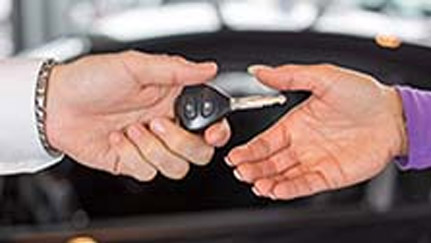Check out these valuable tips for recruiting experienced and reliable drivers for your business.
Subscribe to our newsletter for timely content in your inbox

Remember the old saying “look twice before crossing the road”? That maxim is doubly true when hiring a new driver. If you don’t take proper care and precaution, hiring the wrong driver can expose your company to severe losses.
Consider these examples:
Whether you hire directly or engage an independent driver agency, these steps can help limit your potential losses and protect you and your assets:
Before posting a help wanted ad, compare the position with local job openings online and in print publications. Pay special attention to pay and benefits, work schedule and run types.
It’s important to be competitive to attract quality, in-demand drivers.
A good job description should be practical, clear and accurate to effectively define your needs and expectations of your drivers, with a special emphasis on:
Complete a thorough and quality background check, including contacting previous employers (driving and non-driving).
Use MVR searches that look three or more years into a driver’s history.
Use pre-employment screening programs (PSP) that look at the previous three years of a commercial motor vehicle driver’s history.
Compare the data to the driver’s job application to identify inconsistencies.
The completion of a successful road and skills test is a good indicator of a quality candidate. If possible, the road test should include a truck loaded with sand or another heavy, non-hazmat load.
An effective road test doesn’t just evaluate a person’s driving ability. A road test measures the specific skills necessary to operate a commercial motor vehicle.
For example: